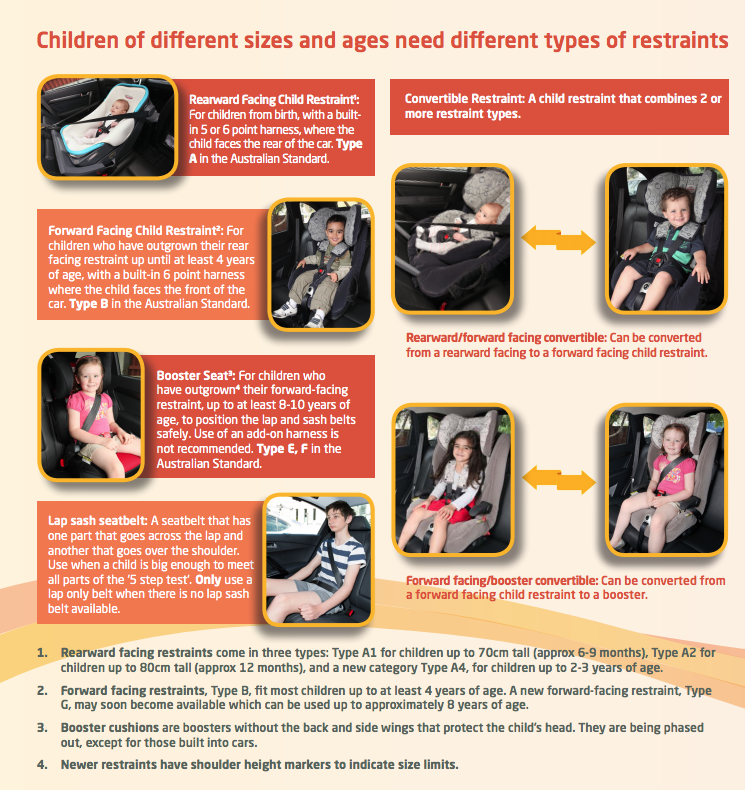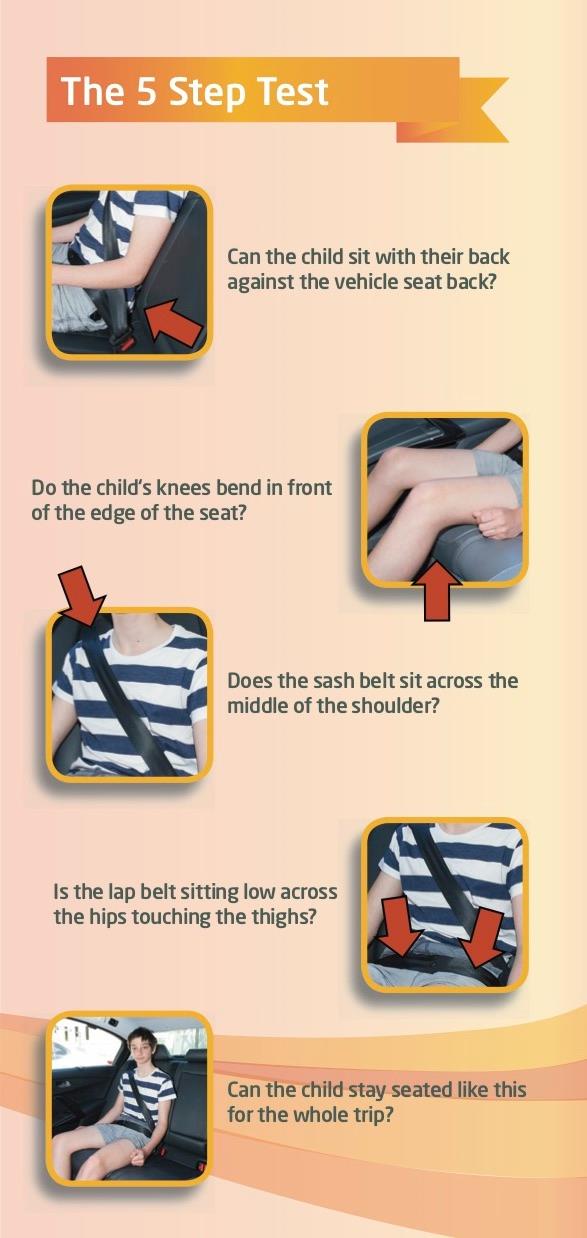How to safely use child seats in cars
Professor Lynne Bilston is a Senior Principal Research Scientist at NeuRA and the Co-Director of the Transurban Road Safety Centre. She is answering some of the most frequently asked questions about how parents can keep children safe in cars.
What are the common mistakes when choosing a car seat?
It is most important to remember that babies and infants should be using rear-facing child restraints until they grow out of them.
There are two main types of rearward facing child restraints; the baby capsule that most of us will be familiar with (this fits most babies until about they are aged six to nine months), and the convertible seat, which is a seat that can change from rearward facing to forward facing as the child grows.

What are the risks of turning a baby around from rear-facing to forward facing too soon?
If they are turned around too soon, there is an increased risk of neck injury. This is because babies have a large head in comparison to their bodies and the muscles and ligaments in their necks are not fully developed. So we keep them in a rearward facing restraint because this better protects their neck in a frontal crash, which is the most common type of car crash.
By the time babies have grown out of their rear-facing seat (when aged around 12 months), they are well protected in forward-facing seats. We have had no signs of any serious injury in children of this age when they are correctly using forward-facing child seats.
What is the latest thinking on transitioning from restraints with harnesses to boosters? And from boosters to adult seatbelts?
In Australia, we recommend that children use the forward-facing seat with the built-in harness until they have grown out of it. There is a shoulder marker on these types of seats and once your child’s shoulder is over that marker, they can use a booster seat.
There is no specific age in Australia for a child to stop sitting in a booster seat, it all depends on the size of the child and the size of the car. We recommend that children stay in a booster seat until they can pass the ‘Five Step Test.’ Unless all of these five requirements can be met, the child should stay sitting in a booster seat to keep the seatbelt in the correct position.

When can a child sit in the front seat of the car?
There is a lot of research evidence that shows children should be sitting in the back seat until they are 13 years old.
This is partly because children need to be a certain size for a seatbelt to sit in the correct place. Additionally, children need to be tall enough for the front seat airbags to provide safe cushioning during an accident. If a child is too short, an airbag could increase the risk of injury, instead of cushioning the impact.
Is following the minimum child restraint laws enough to keep a child safe?
The Australian child restraint laws are the bare minimum safety standards in place to keep children safe.
For maximum safety, parents should follow the Best Practice Guidelines and always make sure their child is correctly using the most appropriate restraint for their size.
For more information download the Child Restraint Guidelines Brochure.
